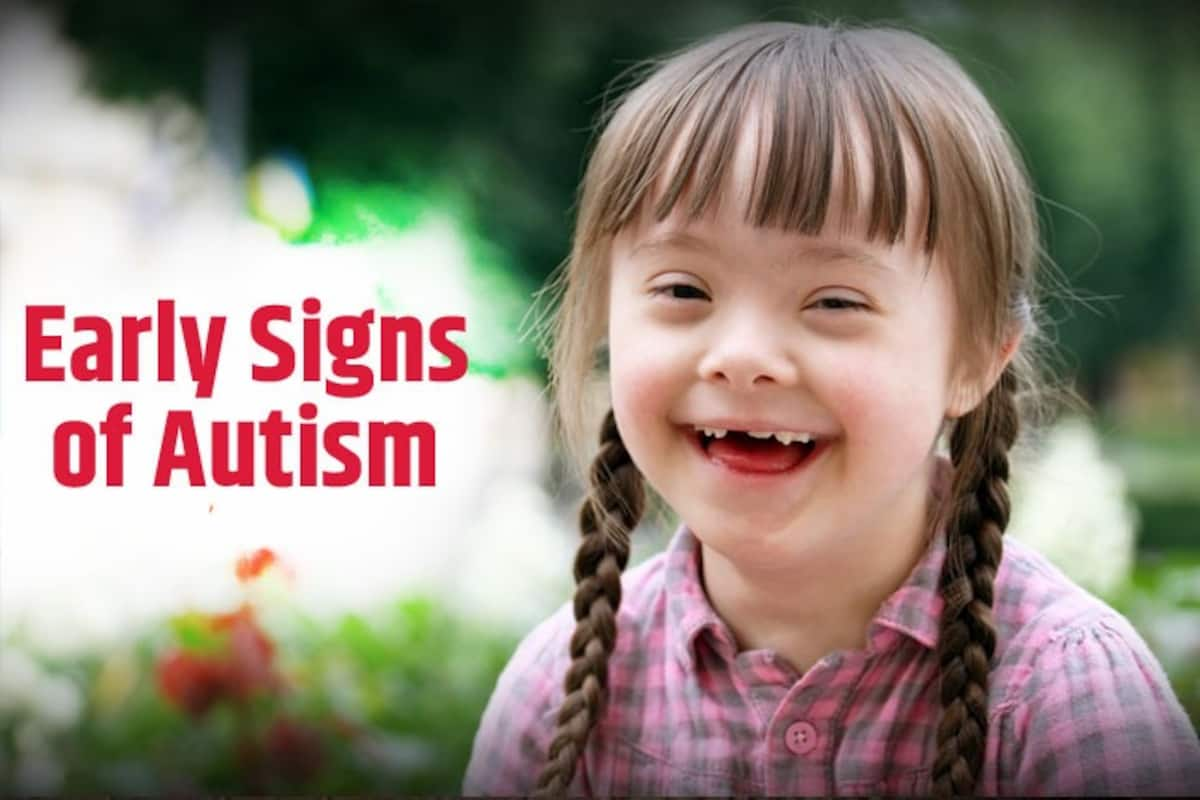Comprehending the Range: A Comprehensive Overview to Autism Awareness
Comprehending the Range: A Comprehensive Overview to Autism Awareness
Blog Article
Comprehending Autism: A Comprehensive Guide to Indicators and Signs
Autism Range Disorder (ASD) includes a vast variety of features that can considerably influence an individual's social communications and day-to-day functioning. Recognizing these nuances not just help caregivers and instructors in offering appropriate support yet also promotes an extra inclusive atmosphere for people with ASD.
Overview of Autism Spectrum Condition
Specifying Autism Range Problem (ASD) entails identifying it as a complex neurodevelopmental problem identified by a series of obstacles in social communication, interaction, and behavioral patterns. The term "range" reflects the wide variability in symptoms and their seriousness, which can differ considerably from one individual to another. ASD generally shows up in very early childhood years, although some people might not get a medical diagnosis up until later in life.
Elements influencing the growth of ASD consist of ecological aspects and genetic proneness, although the exact reasons remain under investigation. Diagnosis commonly counts on behavior evaluations, as there are no clear-cut clinical tests for ASD. Early intervention is essential and can substantially enhance outcomes, concentrating on improving communication abilities, social interactions, and flexible habits.
People with ASD may additionally display unique toughness, such as outstanding attention to information or particular locations of know-how. Understanding the complex nature of ASD is vital for cultivating an inclusive setting that accommodates neurodiversity. Proceeded research is crucial for developing efficient treatments and support systems, making it possible for individuals with ASD to prosper and accomplish their prospective within culture.
Common Indications of Autism
Identifying the typical indicators of Autism Spectrum Condition (ASD) is essential for early identification and treatment. These signs can vary commonly in severity and presentation, yet certain attributes are regularly observed in individuals with ASD.
One of the most widespread indicators is a significant trouble in developing and maintaining eye call. People may also display restricted rate of interest in social communications and reveal a choice for singular play.
Sensory sensitivities are likewise typical; individuals may overreact or underreact to sensory stimuli, such as audios, appearances, or lights. autism. Language advancement can be atypical, with some children displaying postponed speech or making use of language in uncommon ways, including echolalia-- duplicating sentences or expressions heard elsewhere
It is important to note that not every individual with ASD will certainly show all these signs, and the level of these habits can differ considerably. Early recognition permits for timely support and sources, improving the lifestyle for those on the range.
Social Communication Challenges
Social interaction difficulties are a trademark of Autism Range Condition (ASD), impacting a person's capacity to engage effectively with others. These troubles can materialize in numerous means, including obstacles in initiating and keeping conversations, navigate here recognizing social hints, and reacting properly in social communications.
Individuals with ASD might deal with nonverbal interaction, such as eye get in touch with, face expressions, and body language. This can bring about misunderstandings, as their communicative intent might not be correctly translated by others. Furthermore, they may locate it challenging to realize the nuances of tone and context, which are necessary for effective communication.
In team settings, people with ASD might feel overwhelmed and might not know exactly how to sign up with in conversations (autism). They may additionally exhibit atypical conversational patterns, such as monologuing concerning details interests without acknowledging social reciprocity
In addition, these challenges can result in social isolation or troubles in creating relationships, as peers may misunderstand their behavior or communication design. Recognizing these social communication challenges is vital for cultivating supportive atmospheres that advertise social abilities growth and boost the quality of interactions for individuals on the autism range.
Sensory Responses and sensitivities
Several people with Autism Range Problem (ASD) experience increased sensory sensitivities that can considerably impact their day-to-day lives. An individual with ASD may find day-to-day sounds, such as a vacuum cleaner or crowded environments, overwhelmingly distressing, leading to anxiousness or crises.
Sensory processing distinctions in individuals with ASD can likewise affect their capability to participate in regular activities and social communications. For instance, a helpful resources child that is sensitive to touch might resist physical love or avoid specific clothes textiles. A choice for certain appearances or tastes can limit nutritional alternatives and create obstacles during mealtimes.
Comprehending these sensory level of sensitivities is essential for acknowledging the special experiences of individuals with ASD. Recognition of their sensory accounts can foster much better communication and assistance methods, developing a setting that accommodates their needs and enhances their lifestyle. Eventually, recognizing sensory level of sensitivities is a vital element of understanding the wider range of autism.

Supporting People With Autism
Reliable support for individuals with Autism Range Condition (ASD) is crucial for boosting their overall well-being and promoting freedom. Assistance techniques must be customized to fulfill the unique requirements of each person, considering their toughness and obstacles.

Social skills training can likewise play a pivotal function. autism. Involving from this source people in group activities or role-playing scenarios can enhance their capability to browse social communications. In addition, it is important to inform family participants, caretakers, and peers concerning ASD to cultivate a comprehensive and supportive neighborhood
Verdict
By cultivating boosted communication and social skills, people with autism can navigate their environments extra efficiently. Eventually, increased recognition and support can significantly boost the high quality of life for those affected by ASD.
Autism Range Condition (ASD) encompasses a large variety of features that can substantially impact a person's social interactions and day-to-day functioning.People with ASD may battle with nonverbal communication, such as eye call, facial expressions, and body language.Several individuals with Autism Range Disorder (ASD) experience enhanced sensory sensitivities that can substantially impact their everyday lives.Sensory handling differences in people with ASD can also impact their capacity to engage in regular activities and social interactions.Recognizing these sensory sensitivities is necessary for recognizing the special experiences of people with ASD.
Report this page